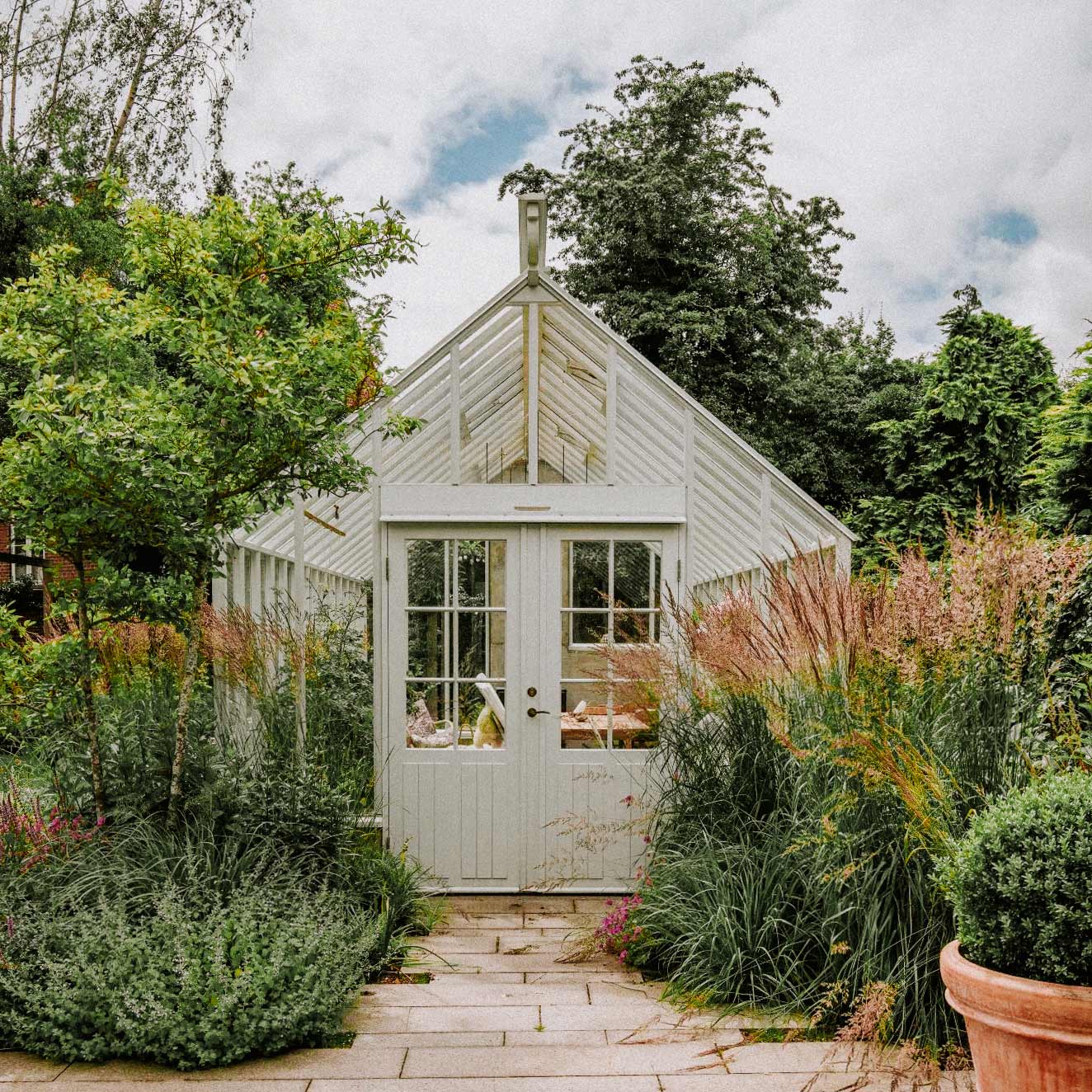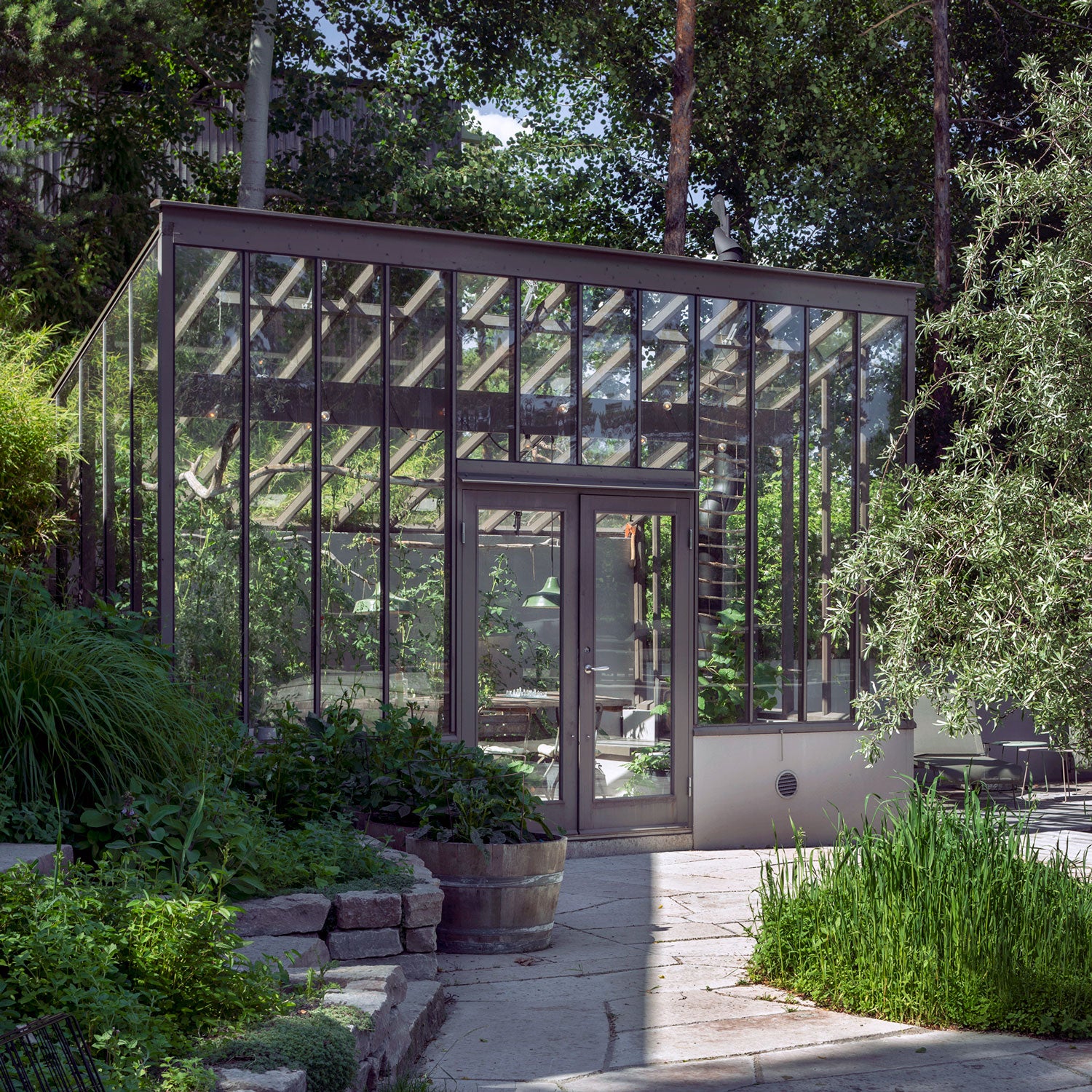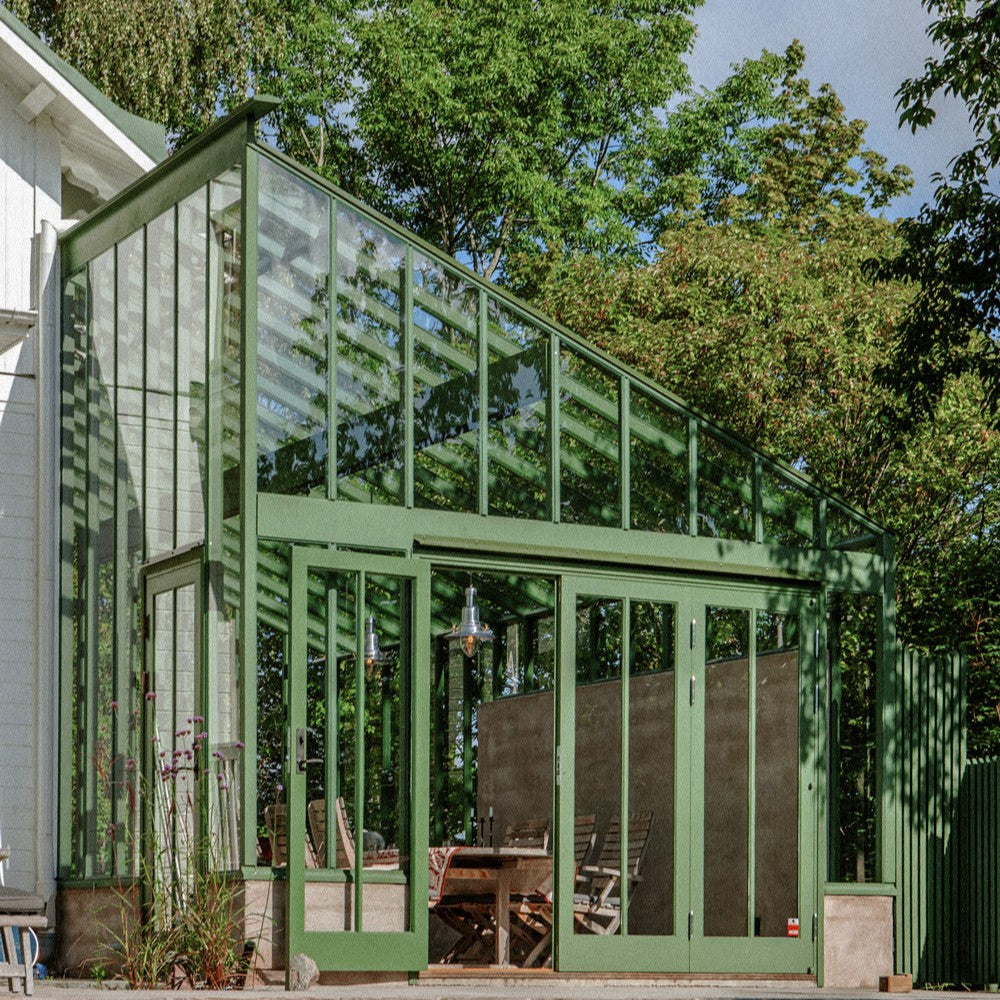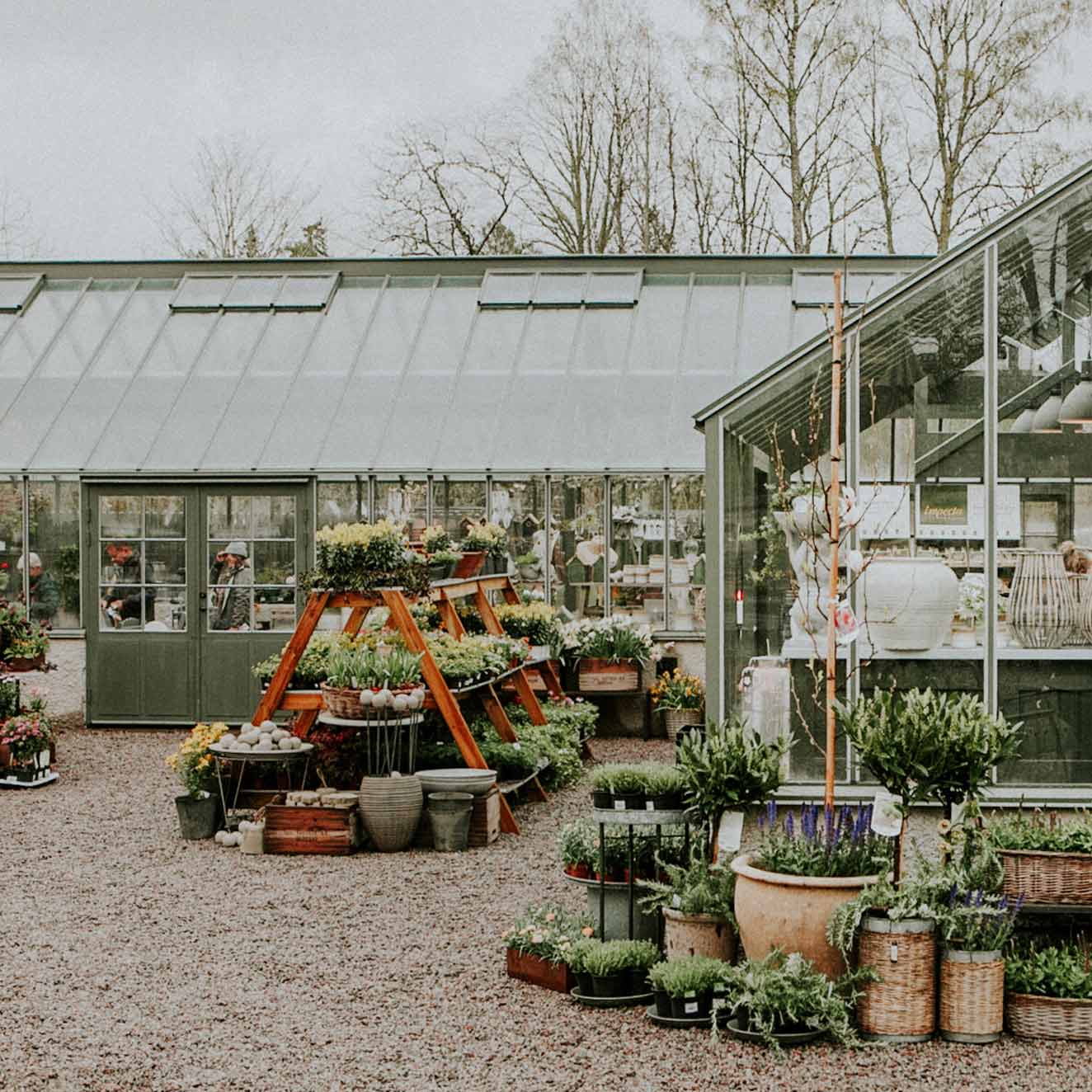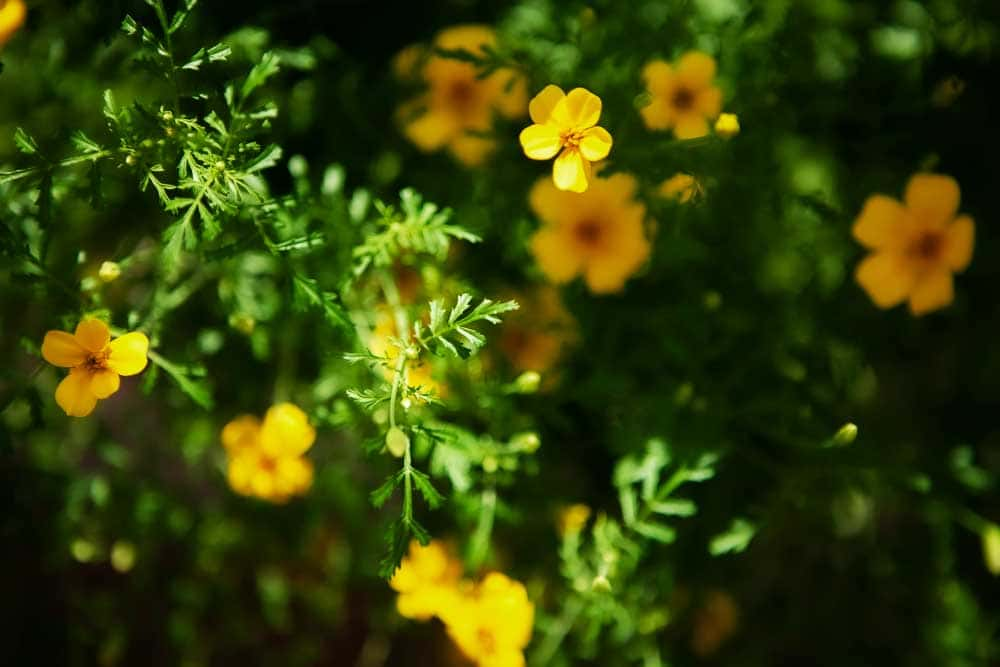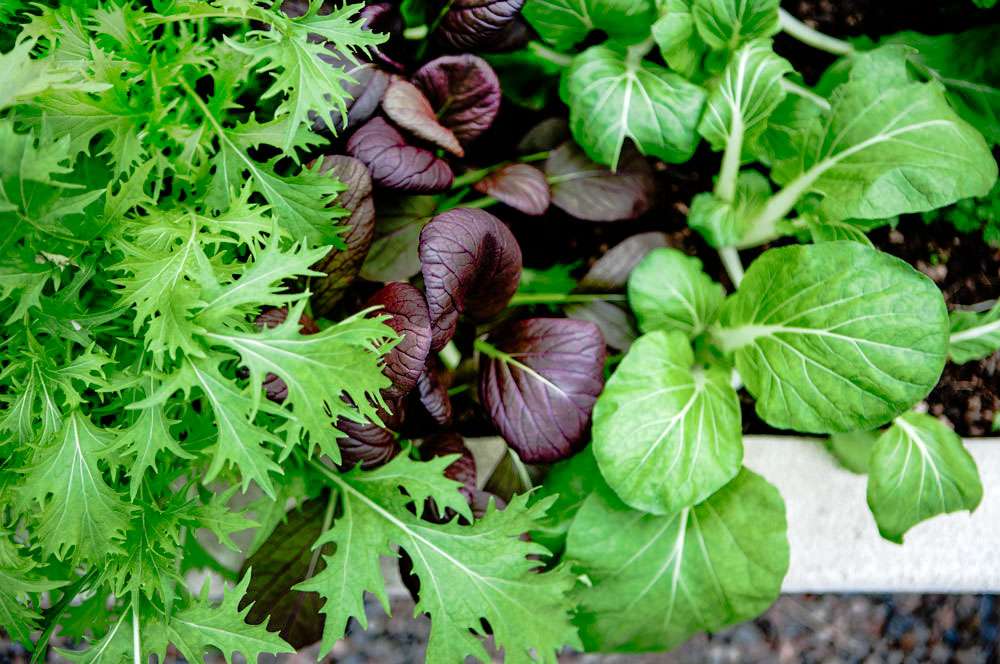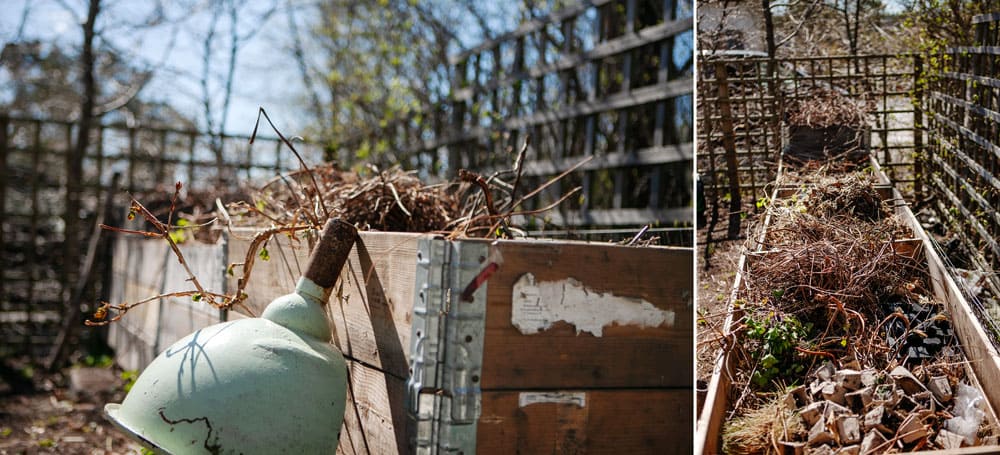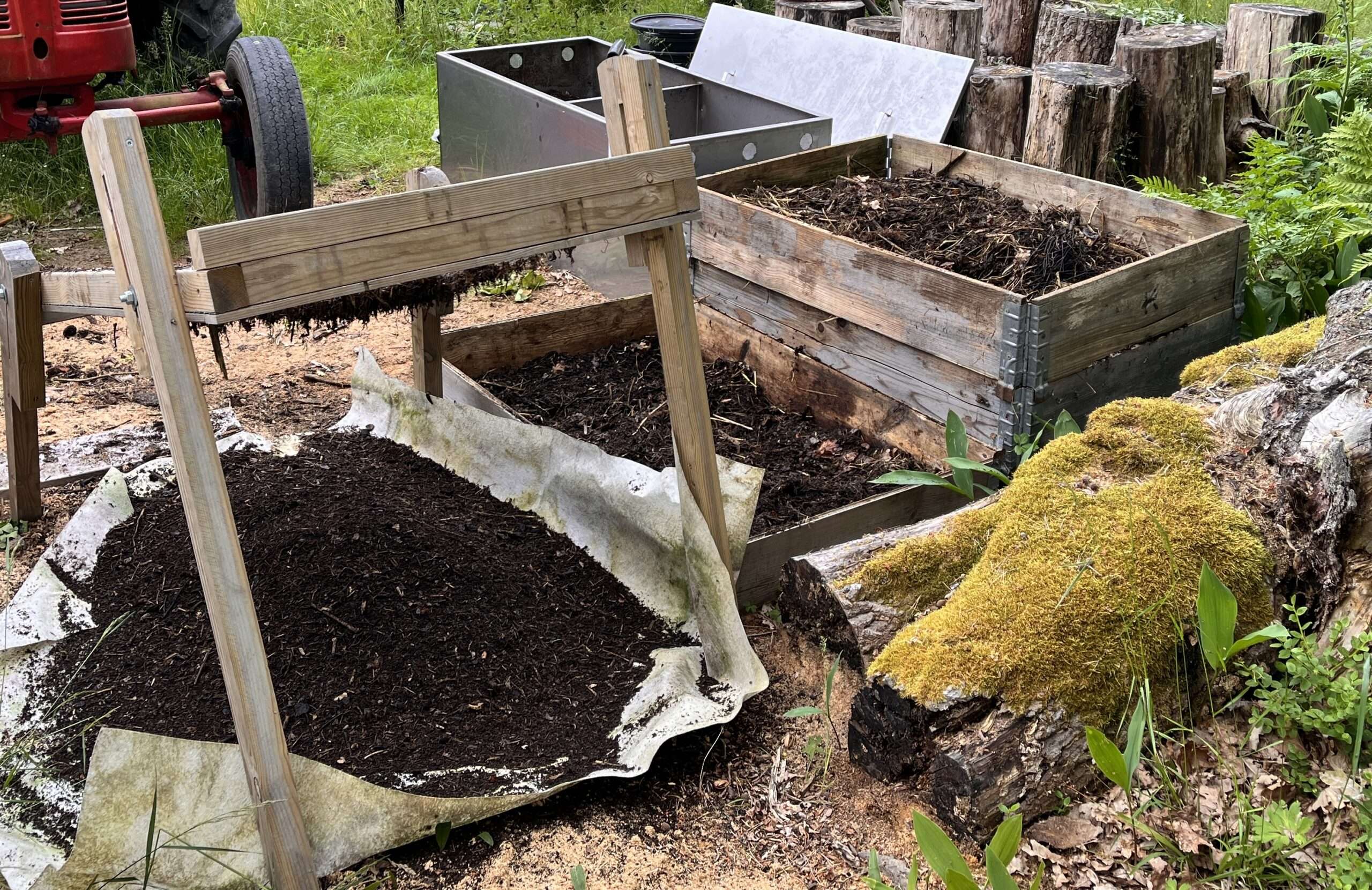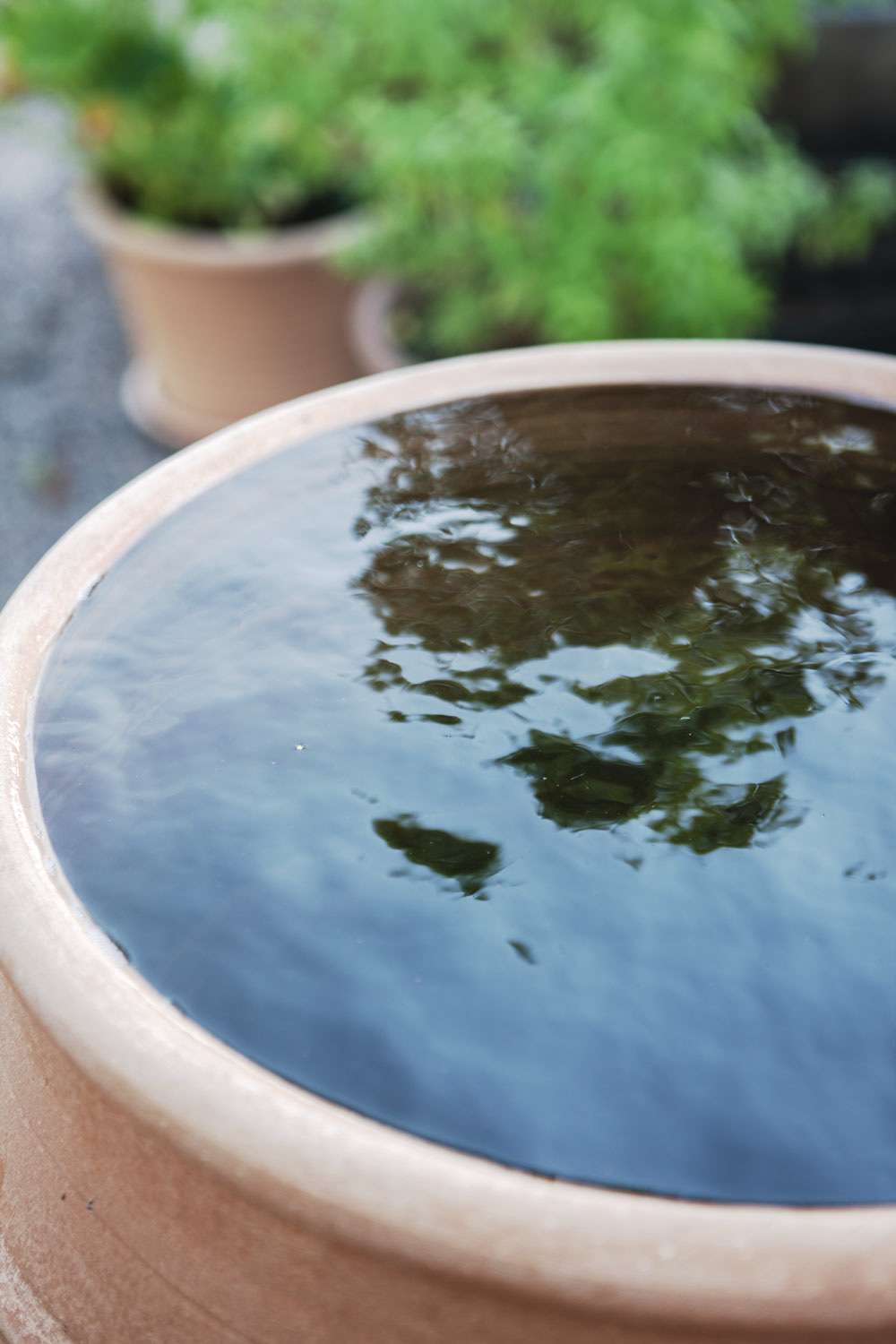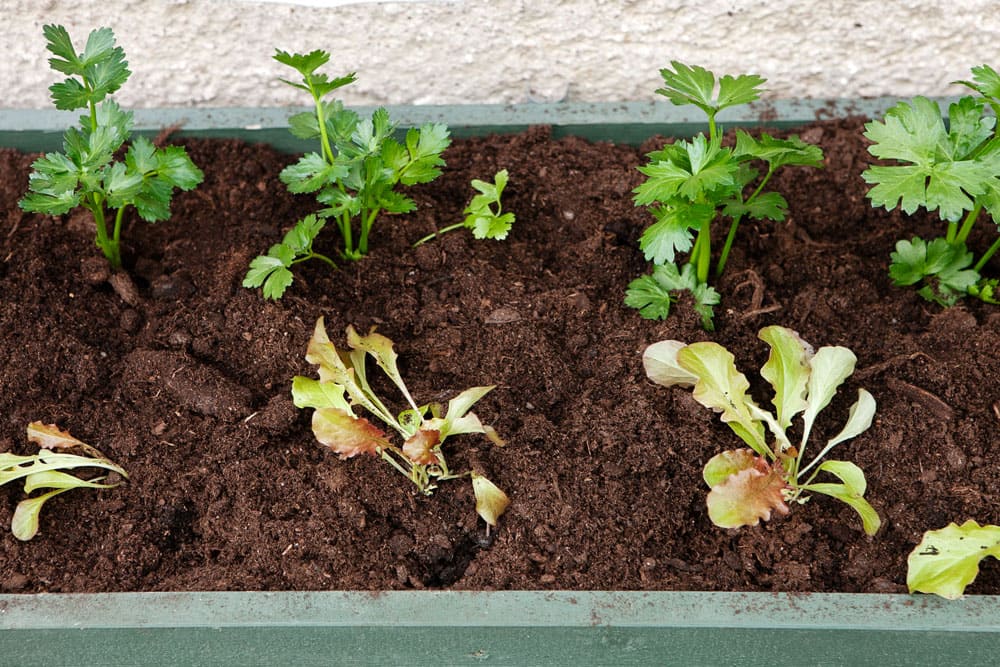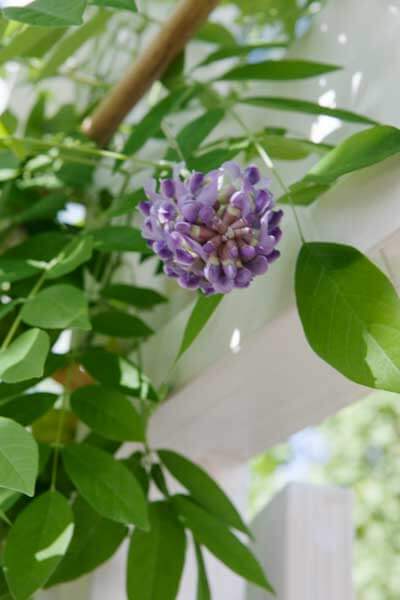
Things to do in the greenhouse – May
Plant out the hardy
We like to grow both flowers and leafy greens from seed, but if you want to buy seedlings, there are plenty of plug plants in the nurseries this May.
Start the compost
If you want to compost, spring is a good time to start a garden compost pile. Having compost available as a nutrient supplement and soil improvement in the greenhouse is a luxury. In addition, during the season we get so much plant waste that we have to put it somewhere. A well-organized compost pile is the best place for it.
It's a good idea to organize your compost with a couple of different bins: one where you collect all sorts of plant material during the season, piles and piles, and a bin where you put organized compost in late summer to rest and decompose. You might want a special bin for branches and twigs, as it can be messy to mix with everything else.
Distinguish between open garden compost and closed food compost. Food should never be put in garden compost, as it will attract rats. You can instead have food compost as a worm compost with a lid or a bokashi bucket that you empty into a greenhouse or your own "soil factory".
Place the garden compost in partial shade so that it does not dry out too quickly. For the sake of all the little bugs - put it directly on the ground, with soil contact. When you are going to put an organized compost, put twigs on the bottom to get some airiness. Then alternate green material (leaves, flowers, grass) with brown material (twigs, bark, leaves, straw) and sprinkle some old compost soil between the different layers. Press down occasionally to pack it all together a little. Water everything through if it is very dry. When the compost pile is finished, it should be fluffy and springy. Cover with leaves or straw and let it rest for at least a year before sifting.
The compost corner may look a little messy, but out of the mess comes the gold that enriches our crops.
Regulate humidity levels and prepare for rainwater collection
In recent years we have had to get used to a dry May, with no rain in sight. The humidity level in the greenhouse is raised relatively easily with the help of a watering can. It can be a large pot, a barrel or some other vessel that is beautiful and that can be filled with water. A large watering can in the greenhouse is also great for scooping water out of for hand watering, tempered and clear. If you have the opportunity to collect rainwater outside the greenhouse - when the rain does come - then it is an environmental win.
Garnish with lettuce
Lettuce is in season this time of year. Extend the lettuce season by always having new small plants in the works. Keep a small seed box in the works with new seeds all the time, 8-10 plants is enough. As soon as you get a hole in the growing bed after something you have harvested, you can fill it in with lettuce. If you don't want to sow yourself, buy potted lettuce and plant it out, there are usually different kinds of lettuce in those pots, so you have a long time to pinch off.
